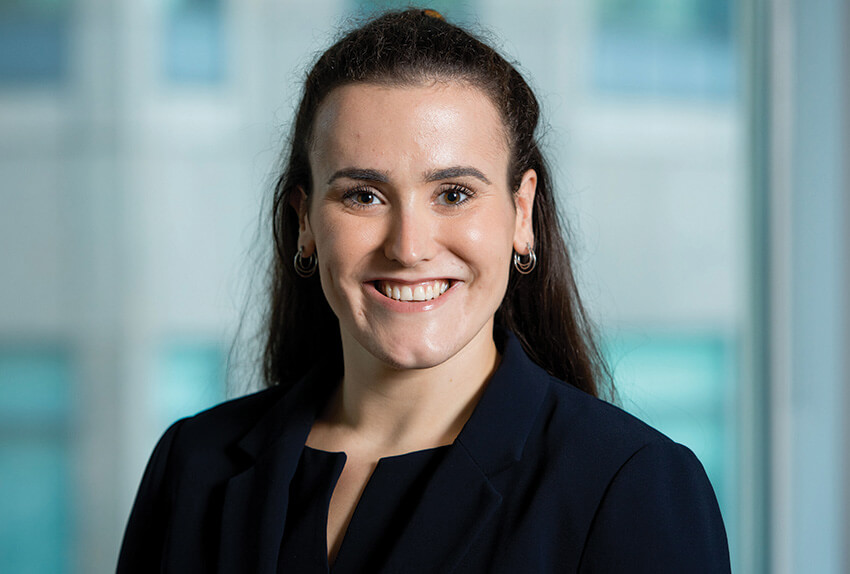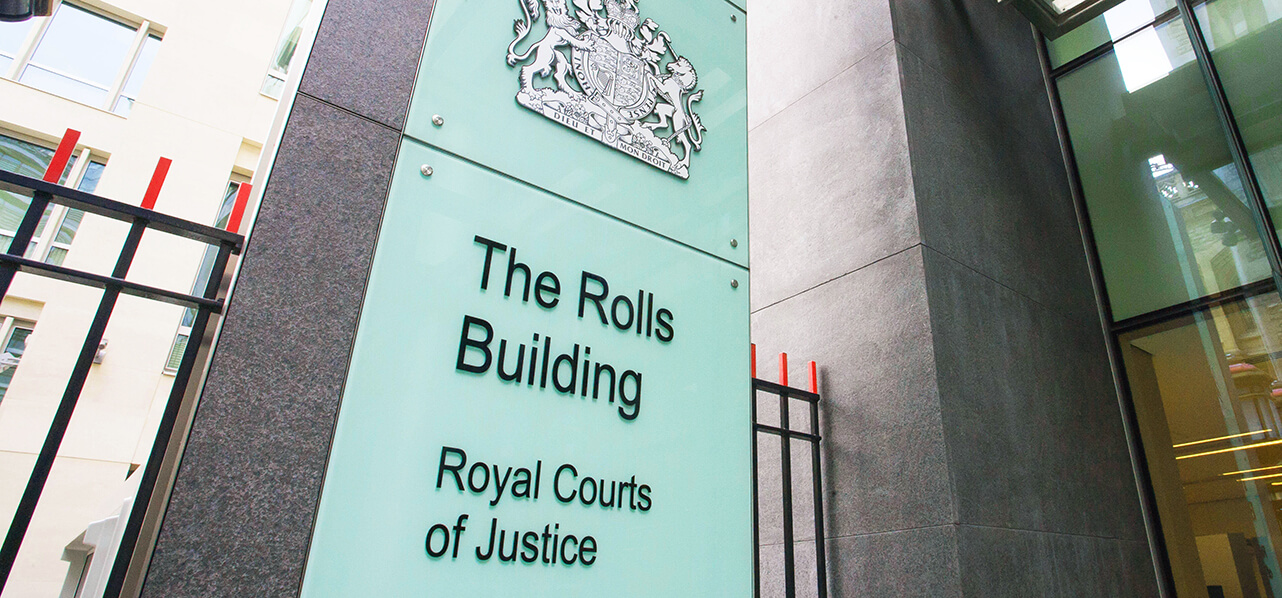Members of our Global Aviation Group were in Dublin recently for another successful Airline Economics conference.
Conferences have finally been able to return following the global pandemic and this year saw 3,841 individuals collect passes for Airline Economics’ Growth Frontiers conference in Dublin.
WFW was represented by partners and counsel from across our international network including Global Sector Co-Head Jim Bell, Chris Mitchell, Patrick Moore, Louise Mor, Dominic Pearson, Lucy Shtenko, Alexia Russell, Philippe Monfort, Susanne Burstein and Philip Jackmauh, as well as Of Counsel Jane Keith, Senior Associates and Associates including Liam Clozier, Nicholas Yu, Michael Keightley, Alexander Kyriacou, Alice Lightfoot, Natasha Seel and James Wickham. As part of the conference, Jim Bell and Dominic Pearson showcased WFW’s Global Aviation Restructuring Index (GARI) and Patrick Moore presented an overview of restructurings in an aviation context.
Set out below is a brief round-up of some of the key topics discussed at the conference, prepared by associates who attended.








